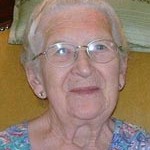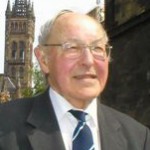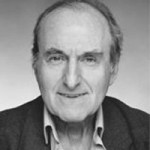It never ceases to amaze me how gullible some people are. Here’s the proof: two ghosts are being auctioned online in New Zealand and a bidding war has broken out.
So far, 150 bids have been placed on eBay-style auction site TradeMe, with the current top bidder prepared to pay NZ$1,840 (about £850) … and there’s still 20 hours left before the sale ends.
The seller, who says he has been troubled by two spirits, claims to be deadly serious. One is believed to be a man named Les Graham who lived in the house in the 1920s “and likes to spook people”. The other is a young girl who manifested during a ouija board session and apparently decided to stay. She is the troublesome one, who likes to move things and turn appliances on and off.
Now, this auction could just be a bit of fun on the part of the seller, designed to raise some funds as well as a laugh.
But I do wonder about the mentality of the people who want to buy them.
Let me answer some inevitable questions:
How is the seller going to transfer the ghosts to their new owner?
That’s the easy bit. They’re bottled! Apparently, the seller paid an exorcist to come and rid his property of the annoying ghosts and his technique was to pop them into small vials of holy water – which apparently turned blue once they were safely inside.
Where did the holy water come from?
We’re not told, although the seller says he’s not religious and thinks holy water is crap.
Why use holy water?
Because it dulls the spirits’ energy and “sort of puts them to sleep”. I would have thought drowning was a more likely fate.
Who carried out the exorcism?
We’re not given a name but the seller says it was “an exorsist [sic] from a Spiritualist church”. I’ve yet to meet a
Spiritualist who believes a spirit can be contained within a bottle.
Did the bottling exorcism work?
There is said to have been no paranormal activity since they were pickled in holy water on 15 July 2009.
If they are safely bottled, why does he now want to sell them?
“I just want to get rid of them as they scare me,” he explains. His dog doesn’t like them, either.
If the buyer wants to revive them and release them, how can this be done?
Just pour the holy water into a dish, allow it to evaporate and, hey presto, you’ll have your very own ghost to annoy you.
Supposing you only want to release one of the ghosts, how will you know which is which?
Easy! The bottles are conveniently labelled.
Is the seller guaranteeing the ghosts will stay with their new owners?
No. He concedes there’s a risk that they might decide to return to their former home if released.
What does the seller intend to do with the proceeds?
He says he just wants to cover the unspecified costs of the exorcist, then he’s going to donate the rest to the
SPCA (Society for the Prevention of Cruelty to Animals).
I’ve got a better idea. Why doesn’t he send it to the SPCG (Society for the Prevention of Cruelty to Ghosts) which I am
just about to establish? All donations welcome.
And if you think I am making all this up (apart from the last paragraph), take a look at TradeMe’s “Two Captured Ghosts” auction page – but for heaven’s sake don’t encourage them by making a bid, even if you do believe that all the best spirits come in bottles.


